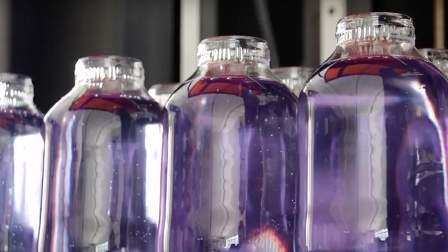Berlin Packaging’s design and innovation division Studio One Eleven is making new investments to strengthen its commitment to prototyping and processes.

Image: Studio One Eleven has invested in prototyping equipment to enhance its design capabilities. Photo: courtesy of Berlin Packaging L.L.C.
Studio One Eleven offers a range of packaging design services to the customers in various industries.
The division creates advanced packaging solutions to be used in different applications, including prestige wine and spirits, functional dispensing in personal care, fast-moving food and beverage and stand-out packages in household and industrial chemical.
Berlin Packaging innovation and design vice president Scott Jost said: “Having a creative concept is just one of several milestones on the journey of launching a thrilling package.
“Beyond the work scope of typical creative agencies, we undertake a whole series of ‘design for manufacturing’ steps to ensure that packages can be efficiently molded, run smoothly and quickly on filling and decorating lines, and meet or exceed our customers’ performance requirements.”
The firm has invested in latest SLA prototyping technology, which is based on selective laser-curing a photo-sensitive polymer that is printed with a resolution of four-thousandths of an inch.
The 3D printing capability will help customer to create detail and smooth surfaces on production parts.
With its durability and waterproof capabilities, the technology allows prototypes to be tested for filling and dispensing. It also enables to minimize turnaround time and produce many parts in few hours.
Studio One Eleven initially develops design concepts, and submits to the Berlin Packaging. Later, the designs will be commercialized and produced into parts.
In 2017, the designs of Studio One Eleven helped to generate more than $3bn of sales for Berlin Packaging’s clients.
Berlin Packaging engineering director Martin Rathgeber said: “While in-house prototyping is a capability we’ve had for more than a decade, our two new machines radically improve upon the older starch prototypes. It’s like watching a movie in 4K HDTV instead of VHS.”
